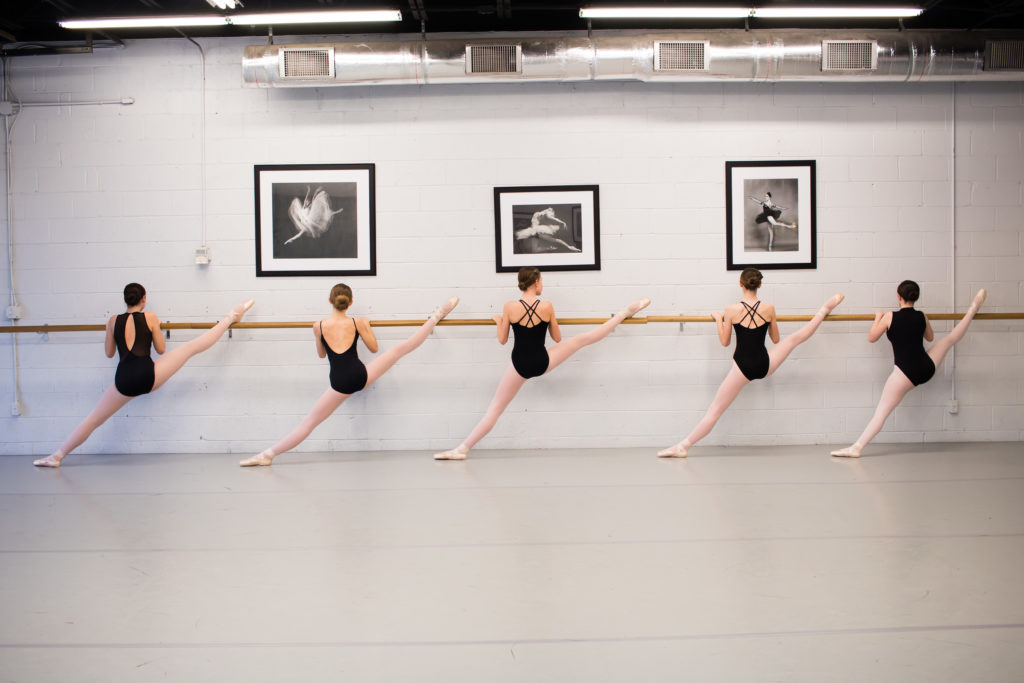
A Guide to keeping your creative child active while stuck at home.
By: Teri Miller
Pandemic. Economic uncertainty. Civil Unrest. International relations. Political division. It reads like the latest action thriller, but no, it is daily life in 2020 America. The “new normal” seems anything but normal, and we desperately need a positive mental and physical escape from the barrage of negativity that surrounds us. Our children need it too.
The arts have historically been a positive respite in a turbulent world. The appreciation of good music, theatre, or dance is unifying in that it crosses socio-economic boundaries and speaks a unique language that reaches to the very heart of those who enjoy and understand. The arts encourage cultural and relational diversity. The arts reward hard work and perseverance. The arts explore creativity and the power of imagination. The arts connect us to the beauty of the past, present, and future.
Music is the soundtrack of the soul. It can uplift our spirits, it can move our emotions, it can transport us to another time and place, it can refocus our minds. It is powerful. Having the ability to create music, to make the notes on the staff come to life through an instrument or the voice, to be able to compose original works, to be able to appreciate the music of the past and be able to build upon that foundation for the future is a gift.
The world is filled with drama right now, but not necessarily the good kind. However, I know drama has been an important part of my family’s ability to cope with all that’s been happening. We’ve been watching movies together and enjoying productions that have been streamed over the internet. We’ve had great discussions about content and creativity, and sometimes we’ve just needed a good laugh! These are the gifts of the dramatists. There is so much involved with learning dramatic arts-memorization, problem-solving, visual artistry, spatial awareness, creative thinking-the list goes on. However, maybe the most important part of studying drama is empathy. To play a character, one must understand that character and how that character relates to others, which in turn teaches how to understand and relate to others in real life as well. In addition, sometimes it’s just fun to play pretend!
Dance takes both drama and music and turns it into moving art. To be a student in dance, one must have the strength and skill of an athlete and the creativity and sensitivity of an artist. Dance teaches discipline, respect, patience, perseverance, and diligence; traits that are valuable not only in dance but in any aspect of life. The rewards of the mental and physical effort involved in studying dance are obvious in the smiles of the students as they master a new skill or conquer a new combination in class.
Whether classes are taught virtually, in person, or both, arts education gives children a chance to take the stress, uncertainty, and even fear that they may be experiencing and refocus energy into something creative, positive, and beneficial to themselves and society. While on the surface dance classes, drama classes, and music classes may seem frivolous and extraneous, the lessons they teach help encourage lifelong coping skills and an appreciation of not only art, but the humanity that creates it.









